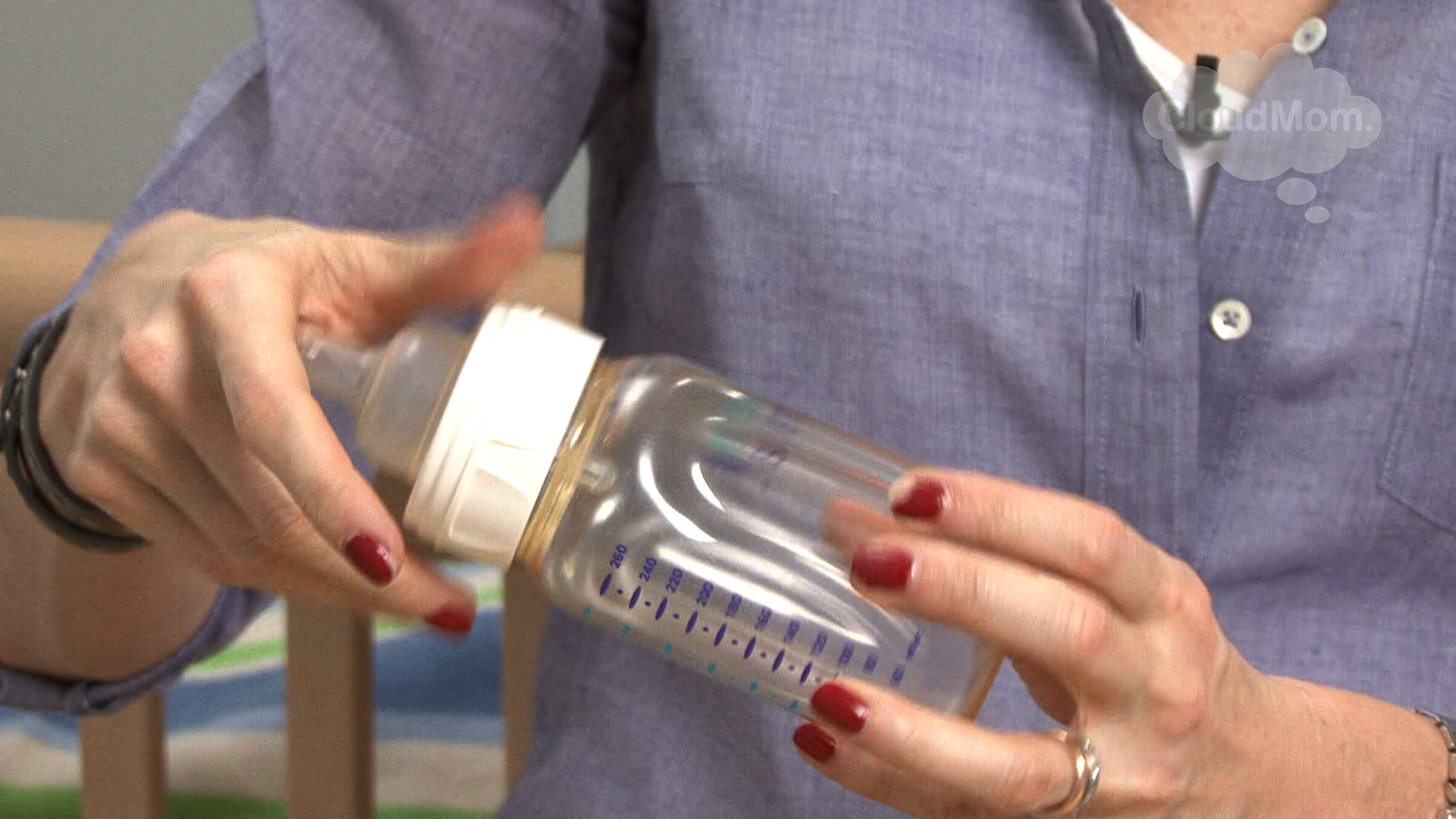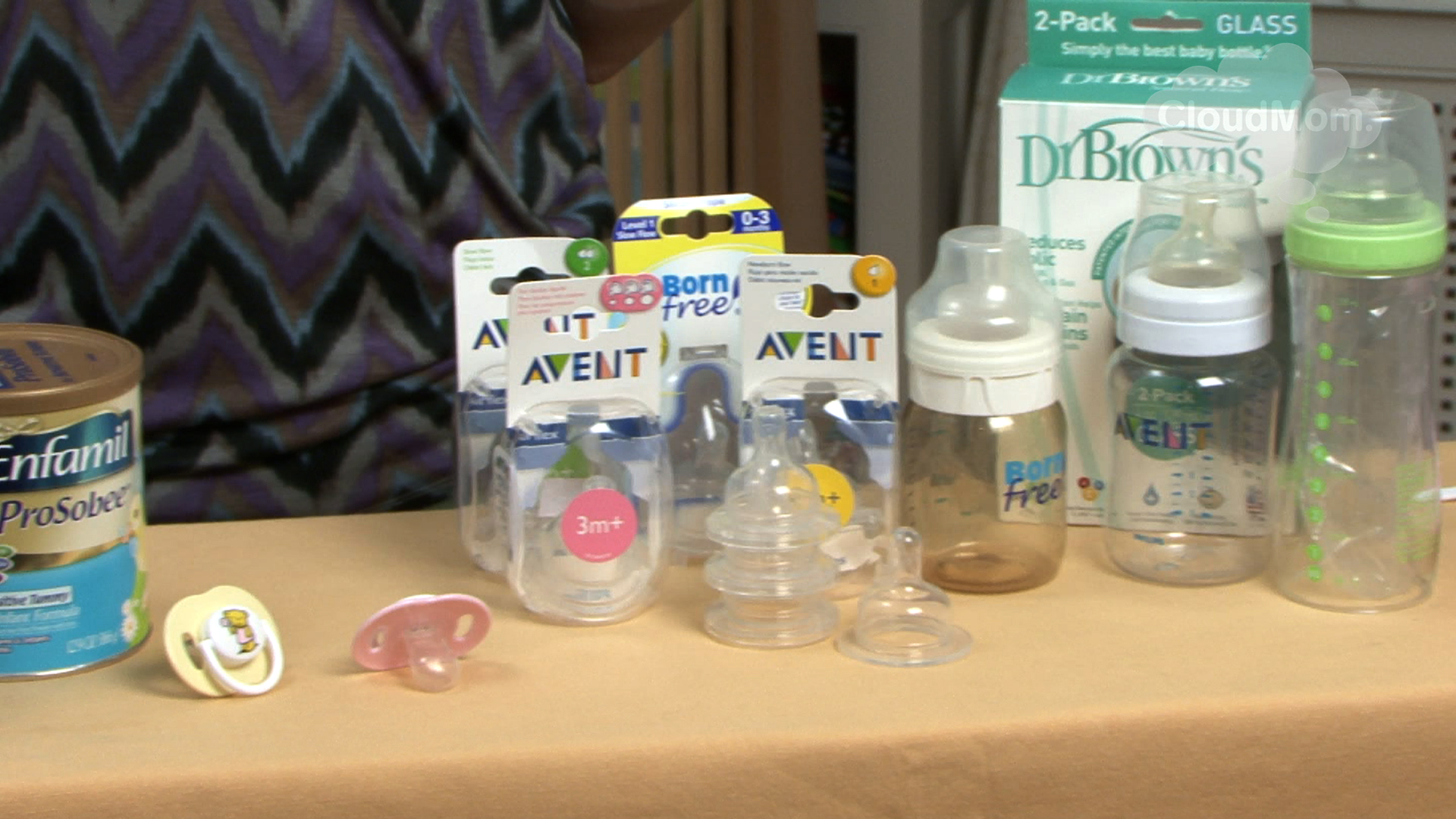6 Best Baby Bottles of 2024
- May 20, 2022
- by Melissa Lawrence

Hi there, mammas and daddas. When I had my sixth baby, Bracey, one of the things I was looking forward to most in getting back to raising a baby was feeding him. Cradling your baby in your arms and hushing their cries with some food really makes us all feel as warm inside as the baby must feel, thanks to those paternal instincts!
But before you can sit down and feed your baby, you’ve got a problem. The world of bottles is bewildering, isn’t it? Some things, like pacifiers, are simpler. But when I was a new parent, it’s things like strollers and bottles that most sent my head spinning!
Your bottle needs vary according to whether you’re feeding with breast milk or formula. You also have to make a choice among glass, plastic, or silicone bottles. And you need to figure out how many to buy. So let’s begin by answering these preliminary questions, and then I’ll take you around the best baby bottles you can buy.
How Many Baby Bottles Do You Need?
The number of baby bottles that you need depends mainly on whether you’re bottle feeding exclusively, or using bottles as a complement to breastfeeding. If it’s the first case for you, then you’ll want between 6 and 12 bottles, so you always have one that’s clean and ready to go.
If, on the other hand, you’re breastfeeding and just using bottles occasionally, then you wouldn’t need more than, say, two to four bottles.
Types of Baby Bottles
You can choose from three kinds of bottles: glass, plastic, and silicone. I’ve organized them according to when they appeared on the market:
- Glass bottles. Glass bottles are the Old Faithful of the bottle market. These are probably how your grandparents fed your parents. (Or maybe your great grandparents. . . .) Note that they’re made of tempered glass, not just everyday glass, to ensure they don’t break and harm your baby.
- Plastic bottles. Plastic bottles emerged in the plastic revolution and remain the most popular option today, as well as the most affordable. They’re pretty robust, because they’re made of polypropylene.
- Silicone bottles. Silicone bottles are a recent invention. Their chief benefit over plastic bottles is that they’re free of chemicals commonly found in plastics like BPA, PVC, and phthalate.
Bear in mind the different nipple sizes as well:
- Newborn and slow-flow nipples are, as the name implies, directed at newborns and younger babies. The younger they are, the less they can swallow. So these nipples release milk at a slower rate.
- Faster-flow nipples are intended for older babies, since they’ve got better-developed muscles and can swallow more milk.
Here’s an index of the bottles reviewed in this guide. They’re organized according to type, along with the pros and cons of each. Because each baby is unique and some are pickier than others, you might need to try different bottles to land on one that works for your little one.
What Are the Best Baby Bottles?
Best Glass Baby Bottles
The upside to glass bottles is that they don’t absorb colors or odors, they’re resistant to thermal shocks, and they don’t leach chemicals. So you don’t need to worry about shattering them when throwing them under cold water after holding warm milk, or about putting them in the dishwasher.
The downside is that glass is the heaviest material covered in this guide. You’ll have a little more trouble holding them for long periods. But that may be more or less of a problem, depending on how athletic you are. Of course, since they’re glass, they can also break, although because of the tempered glass it would take a powerful force to do it.

Avent baby bottles are some of the most recognizable features of the landscape, and for good cause. This is a durable set of five bottles: three four-ounce bottles for your newborn, and two nine-ounce bottles for when they’re a little older. They come with silicone nipples that optimally mimic a nipple, including three newborn and two slow-flow nipples.
Parents find this brand to be reliable. Be sure to insert the nipple into the ring correctly in order to avoid leakage. They need to put be in from the top of the ring and worked down. So these are a little trickier to use than plastics, but a solid choice for glass bottles.

Evenflo Feeding Glass Premium Proflo Vented Plus Bottles
$18
- Glass bottles that are easier to hold
- Reliable and non-leaky
These Evenflo baby bottles are a more affordable option for glass bottles than the Avent set. Besides costing less, they also boast a unique ergonomic design that makes them easier to hold. As I’ve said above, one of the main troubles with glass bottles is that they’re harder to hold, so I appreciate the thoughtfulness of the makers of this design.
This set includes six bottles, which you can get in either the four-ounce or eight-ounce size. They come with a matching set of silicone slow-flow nipples. So, neither set will take you all the way from newborn to bigger baby. But if you’re bottle feeding, you’ll need more bottles anyway, so these sets can be a good way to economize.
Best Plastic Baby Bottles
The pros to plastic bottles are that they’re the most ubiquitous and least expensive options, they’re lightweight, and don’t shatter when dropped. You’ll find no end to the options on the market, and they won’t be hard on your budget. And even the weakest arm can wield them easily!
But the dark side to plastic bottles is the health concerns. For some years now, the American Academy of Pediatrics has been sounding the alarm on the chemicals contained in plastics. These chemicals, especially when the bottles are heated, could be harmful to your child’s developing body, in ways that are not yet fully understood.

Tommee Tippee Closer to Nature Baby Bottle
$12
- Best plastic bottles
- Good for breastfed or bottle-fed babies
- Good for nipple confusion
Tommee Tippee baby bottles are a top choice for plastic bottles. You can get this set in 5-ounce, 9-ounce, or 11-ounce configurations. They are dependable, and what I like about them in particular is the vent system. It’s very good at preventing bubbles, which means less gassiness from your baby!
These bottles are great for breastfed or bottle-fed babies. Moms widely attest that the nipples’ close imitation of the natural nipple is very good at avoiding nipple confusion. Overall, these bottles come with the caveats I mentioned above about plastic bottles, but as far as plastic bottles go, these are a great choice.

To accompany the Tommees, I have here another well-known brand: Dr. Brown’s baby bottles. You can buy these in sets of four-ounce, five-ounce, or eight-ounce configurations. Each bottle includes a nipple, whose flow depends on the set that you buy. (Though, of course, you can always buy the exact nipples you need separately!)
Parents widely attest to the quality ventilation of the Dr. Brown’s bottles. This avoids problems like bubbles and babies getting frustrated and unlatching because of hitting air pockets. (Not a recipe for a happy baby, mamas!) Parents report some, though minimal, difficulties with leakage.
Best Silicone Baby Bottles
Silicone bottles are the newcomers to the stage. They’re soft and pliable like a breast, making them easy for you or your baby to hold. Like plastics, they don’t break, but they’re free of the harmful chemicals contained in plastic bottles!
Unfortunately, silicone bottles tend to be pricier, and like plastics, they can absorb odors and colors over time.

Comotomo Baby Bottle
$22
- Best silicone bottles
- Very easy to clean
- Reliable against leaks and bubbles
These Comotomo baby bottles are a winner! They are designed to mimic breastfeeding to reduce bottle rejection and nipple confusion issues. Their ultra wide-neck construction makes them easier to clean (a common complaint with bottles). Since they’re silicone, they’re safe in boiling water, dishwashers, and sterilizers. Most important of all for your bundle of joy, they’re nontoxic.
Parents widely agree that the vent system is effective at preventing bubbles and, hence, gassiness. The nipples are reliable, not collapsing as baby drinks. They’re a great value, too, for the price. Just a few cons to bear in mind: because of their robust design they take longer to warm in bottle warmers, and because they’re wide they can be a tight fit in some diaper bags.

Olababy Gentle Baby Bottle
$15
- Best silicone bottles for breastfed babies
- Off-center nipple mimics the breast
- Nice skin-like feel
The Olababy baby bottle comes with a steeper price tag, but I’m recommending it above all for breastfed babies. These bottles have the unique feature of an off-center nipple, which more nearly mimics the breast, since most of us moms got the girls from Nature and not from a factory! So if your baby is picky and you’re having rejection issues, give these bottles a shot.
In addition, they have a nice skin-like feel to them that distinguishes them from the competitors. Parents are very happy with these bottles, but there’s just one caveat to keep in mind. As good as they are for breastfed babies, they’re not great for mixing formula in because the bottle tips easily.
That wraps up my tour of the best baby bottles. While you’re in the neighborhood, why don’t you go watch my video on how to sterilize a bottle properly?








Comments